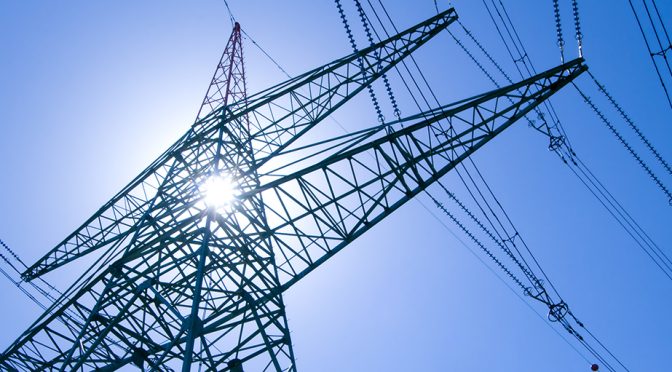Wind farms have emerged as a viable and sustainable source of renewable energy, playing a significant role in the global transition towards a low-carbon future. As the world moves towards adopting cleaner energy sources, the integration of wind farms into the power grid has become increasingly important. However, this process is not without its challenges, and finding solutions to these issues is critical to ensuring the long-term success of wind energy.
One of the primary challenges associated with integrating wind farms into the power grid is the intermittent nature of wind energy. Unlike conventional power plants that can be controlled to produce a steady output, wind farms generate electricity based on the availability of wind, which can be highly variable. This variability can lead to fluctuations in the power grid, potentially causing frequency and voltage deviations that can affect the stability and reliability of the overall system.
To address this issue, grid operators and planners have been exploring various strategies to manage the variability of wind energy. One such approach is the use of advanced forecasting tools that can provide more accurate predictions of wind farm output. By having a better understanding of when and how much electricity will be generated, grid operators can more effectively balance supply and demand, reducing the need for costly and polluting backup power sources.
Another challenge in integrating wind farms into the power grid is the potential for congestion on transmission lines. As wind farms are often located in remote areas with strong wind resources, they may be far from the population centers that require the electricity they generate. This can result in transmission lines becoming overloaded, leading to bottlenecks and inefficiencies in the system.
To overcome this challenge, investments in transmission infrastructure are crucial. By expanding and upgrading the existing grid, it becomes possible to transport electricity from wind farms to areas with high demand more efficiently. Additionally, the development of “smart grid” technologies can help optimize the flow of electricity, further reducing congestion and improving overall system performance.
The integration of wind farms into the power grid also requires effective coordination between various stakeholders, including grid operators, regulators, and wind farm developers. Ensuring that all parties are aligned in their objectives and working together to address challenges is essential for the successful integration of wind energy into the power system.
One solution to this challenge is the establishment of clear regulatory frameworks and market mechanisms that support the integration of renewable energy sources. By providing incentives for the development of wind farms and other clean energy technologies, governments can help drive investment in the sector and promote the growth of a more sustainable energy system.
Finally, as wind farms become more prevalent, it is essential to consider the potential environmental and social impacts of their development. While wind energy is a clean and renewable source of power, the construction and operation of wind farms can have negative effects on local ecosystems and communities. To minimize these impacts, it is crucial to conduct thorough environmental assessments and engage with local stakeholders throughout the planning and development process.
In conclusion, the integration of wind farms into the power grid presents several challenges that must be addressed to ensure the long-term success of wind energy. By investing in advanced forecasting tools, transmission infrastructure, and smart grid technologies, as well as fostering collaboration between stakeholders and promoting responsible development practices, it is possible to overcome these challenges and unlock the full potential of wind power as a key component of a sustainable energy future.
Lawrence Webb


